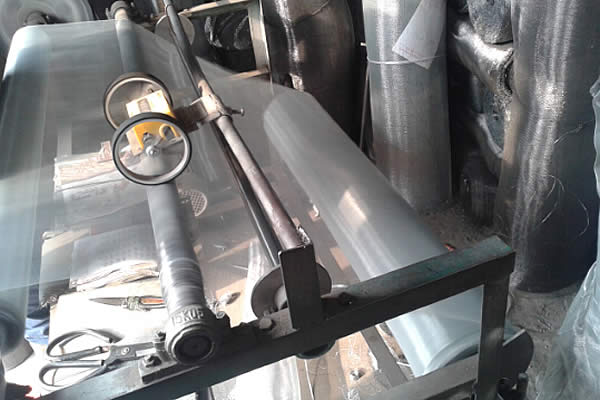 TEL:
+86-13102802206
TEL:
+86-13102802206
 Email:
fencenetting@china.com
Email:
fencenetting@china.com
 Language
Language
 TEL:
+86-13102802206
TEL:
+86-13102802206
 Email:
fencenetting@china.com
Email:
fencenetting@china.com
 Language
Language


Gabion Basket Wall Design An Innovative Approach to Sustainable Construction
Gabion baskets have gained significant popularity as an effective and environmentally friendly solution in civil engineering and landscaping. These structures consist of wire mesh cages filled with stones, soil, or other materials, creating robust walls that merge beautifully with the natural landscape. This article explores the design principles, advantages, and aesthetic options associated with gabion basket walls.
Design Principles
The design of gabion basket walls revolves around a few key principles. Firstly, it is essential to select the appropriate materials. Galvanized steel wire mesh is commonly used due to its strength and resistance to corrosion. The size of the baskets can vary, but standard dimensions range from 0.5 to 1 meter in width and height, allowing for versatile applications in various settings.
The structural integrity of a gabion wall relies heavily on proper placement and filling. The baskets should be filled with well-graded stones that ensure minimal voids, maximizing stability and drainage. This drainage capability is crucial, especially in regions prone to heavy rainfall, as it prevents hydrostatic pressure from building up behind the wall. Thus, incorporating drainage pipes or a gravel filter at the base of the wall is essential during the design process.
In addition to structural considerations, a gabion wall must be designed with aesthetics in mind. The choice of filling material can dramatically influence the overall appearance. Local stones, for example, create a natural look that blends seamlessly with the environment. Alternatively, colorful or uniquely shaped stones can be used to give the wall a more artistic flair.
Advantages of Gabion Basket Walls
Gabion basket walls offer numerous advantages that make them an attractive solution for both urban and rural construction projects. One of the most significant benefits is their ecological footprint. Using natural stones minimizes carbon emissions associated with traditional construction materials. Moreover, these walls promote biodiversity, as smaller plants and animals often inhabit the spaces within the structures.

Another advantage is their cost-effectiveness. Gabion walls are relatively simple to construct and require less manpower compared to conventional walls. Their modular nature allows for easy installation, often without the need for heavy machinery. This aspect is particularly beneficial in remote locations where accessibility may be an issue.
Adamantly durable, gabion walls are resistant to erosion and can withstand extreme weather conditions. Their flexibility allows for minor movements in the ground, which reduces the risk of cracking and failure over time. This resilience makes them a preferred option for slopes, riverbanks, and coastal areas where erosion is a significant concern.
Aesthetic Options
The versatility of gabion baskets extends beyond structural practicality; they also offer a wide range of aesthetic options. Designers can choose from various filling materials, including recycled glass, bricks, or even concrete fragments, allowing for unique and visually appealing designs. A gabion wall can be integrated into a garden or landscape, serving not just as a barrier but also as a feature that enhances the overall ambiance.
Additionally, plants can be embedded in the joints of the baskets, promoting green walls that contribute to air quality and biodiversity. This incorporation of greenery can soften the harsh linearity of traditional walls, creating a harmonious relationship between nature and built environments.
Conclusion
Gabion basket wall design represents a sustainable, innovative approach to modern construction and landscaping. With their structural resilience, ecological advantages, and aesthetic versatility, these walls meet the demands of contemporary engineering while fostering a stronger connection with nature. As interest in sustainable construction methods continues to grow, gabion walls are poised to become a staple in both urban and rural development projects, reflecting a commitment to integrating functionality with environmental stewardship.